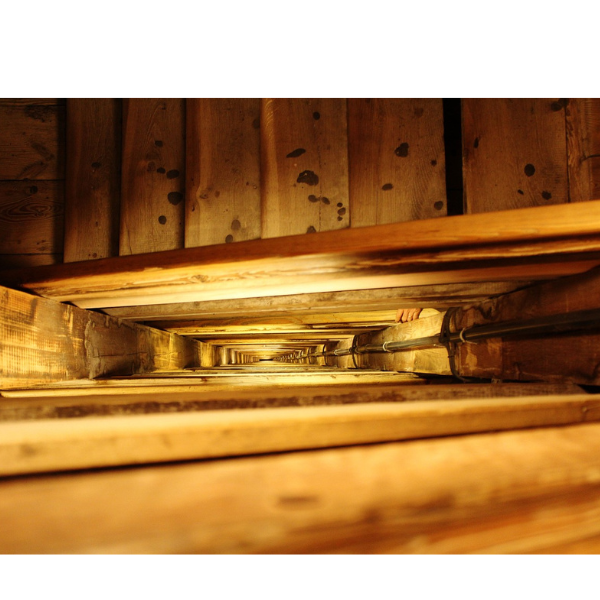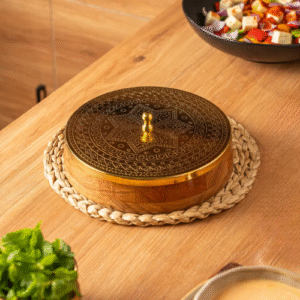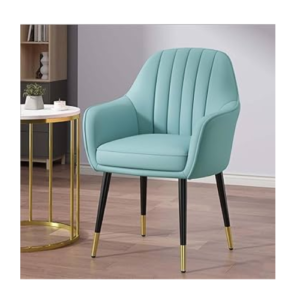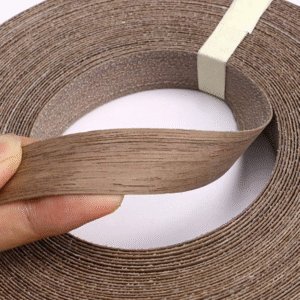Best guide to different types of wood for furniture. Wood has been a beloved choice for furniture making for centuries, admired by designers and homeowners alike. Its adaptability enables intricate carvings, distinctive shapes, and a variety of finishes, resulting in furniture pieces that are as beautiful as they are unique. Wood’s natural strength and durability make it perfect for daily use, while its warm, organic appeal brings character and charm to any room. With a wide selection of wood types and finishes available, wood furniture can effortlessly complement any decor style, whether classic or contemporary.
Using wood in furniture making offers a blend of beauty, durability, and timeless appeal that few materials can match. From its natural aesthetics to its versatile qualities, wood continues to be a top choice for crafting high-quality furniture. This post explores the key benefits of wood in furniture making, including its sustainability, strength, and unique grain patterns, helping you understand why wood remains a preferred option for enhancing any space.

Why Do Like Wooden Furniture?
There are numerous compelling reasons to choose wooden furniture for your office or home design. Here are some key benefits:
- Durability
Wooden furniture is renowned for its strength and resilience, designed to endure everyday wear and tear, making it a wise long-term investment. - Versatility
The adaptability of wood allows for intricate carvings, various shapes, and an array of finishes, making it suitable for furniture styles that range from traditional to contemporary. This versatility caters to diverse interior design preferences. - Natural Aesthetic
Wooden furniture adds a warm and organic touch to any space, enhancing its charm and character. Its presence fosters a cozy and inviting atmosphere, particularly when paired with other natural materials like leather or wool.
- Low Maintenance
Wood furniture stands out for its low maintenance requirements. A quick dusting or occasional polishing is all that’s needed to maintain its beauty and preserve its natural charm.

Different Types of Wood Available in India
1. Teak Wood
Teak wood is celebrated for its exceptional durability and natural resistance to water, insects, and decay, making it an ideal choice for outdoor furniture. Its rich, warm hue and distinctive grain patterns contribute to its popularity in high-end furniture and boat building.
2. Indian Rosewood
Commonly known as sheesham, Indian Rosewood is a dense hardwood indigenous to India. It boasts a striking dark brown color with purple or reddish undertones and a fine, straight grain. Valued for its durability and termite resistance, Indian Rosewood is often used for intricate carvings and inlays in furniture.
3. Sai Wood
Sai Wood, also referred to as Sal Wood, is a robust hardwood frequently utilized in construction and furniture making. With a light to medium brown hue and a straight grain pattern, Sai Wood is regarded as an eco-friendly option, sourced from sustainable forests.
4. Cedar Wood
Cedar, or Marandi Wood, is a lightweight softwood known for its ease of workability. Its pale yellow or cream color, straight grain, and delicate texture make it a favored choice for outdoor furniture and home decor. Additionally, its pleasant aroma and natural resistance to rot and insects enhance its appeal.
5. Mahogany Wood
Mahogany wood is renowned for its rich, warm tones and is commonly used in high-end furniture and cabinetry. Characterized by its straight grain and a spectrum of shades from light to dark brown, mahogany is celebrated for its durability, strength, and ability to showcase intricate carvings and details.
6. Oak Wood
Oak wood is a robust and durable hardwood that suits various furniture styles, from traditional to contemporary. Its unique grain pattern and light coloration, ranging from pale yellow to light brown, enhance its attractiveness. Oak is highly valued for its strength, hardness, and resistance to moisture and decay.
7. Mulberry Wood
Mulberry wood is a hardwood known for its light color and fine, straight-grained texture, making it a popular choice for furniture due to its durability and ease of workability. It is also favored for decorative carvings and turnings, effectively holding intricate details.
8. Deodar Wood
Deodar wood, sourced from the Himalayan region, features a light hue and a straight grain pattern. Its durability and resistance to insects and decay make it a widely used material in both construction and furniture making.
9. Jackwood
Jackwood is a tropical hardwood native to Southeast Asia, characterized by its straight grain and light to medium brown hue. Renowned for its durability and resistance to termites, it is frequently used in furniture making and flooring applications.
10. Satin Wood
Satin wood is celebrated for its fine texture and silky sheen, with colors ranging from pale yellow to light brown. It showcases a unique grain pattern and is often utilized in high-end furniture, musical instruments, and cabinetry, prized for both its beauty and durability.
Benefits of Using Wood in Furniture Making
Natural Aesthetics: The warm and natural appearance of wood adds character and charm to any environment.
Sustainability: As a renewable resource, wood is an eco-friendly choice for furniture production.
Strength: Different wood types provide varying levels of strength and hardness, suitable for a range of applications.
Unique Texture: Wood offers a distinct texture that can range from smooth to rough, enhancing the visual interest and dimension of furniture.
Distinctive Grain Patterns: Each wood species features its own unique grain, which can accentuate the piece’s natural beauty.
Color Variety: Wood comes in a spectrum of colors, from light to dark tones, allowing for customization in design.
Ease of Workability: Wood is relatively easy to manipulate, enabling the creation of intricate designs and carvings.
Timeless Appeal: With centuries of use in furniture making, wood possesses a timeless quality that remains a popular choice for many consumers..
n conclusion, wood in furniture making provides unparalleled advantages, combining strength, versatility, and timeless beauty. Whether you’re drawn to the natural warmth of wood, its eco-friendly attributes, or the unique textures and grain patterns it offers, wood furniture is a worthy investment that enhances any space. By understanding the qualities and benefits of various wood types, you can make informed choices that align with your style and values, creating furniture pieces that will endure and charm for years to come.




